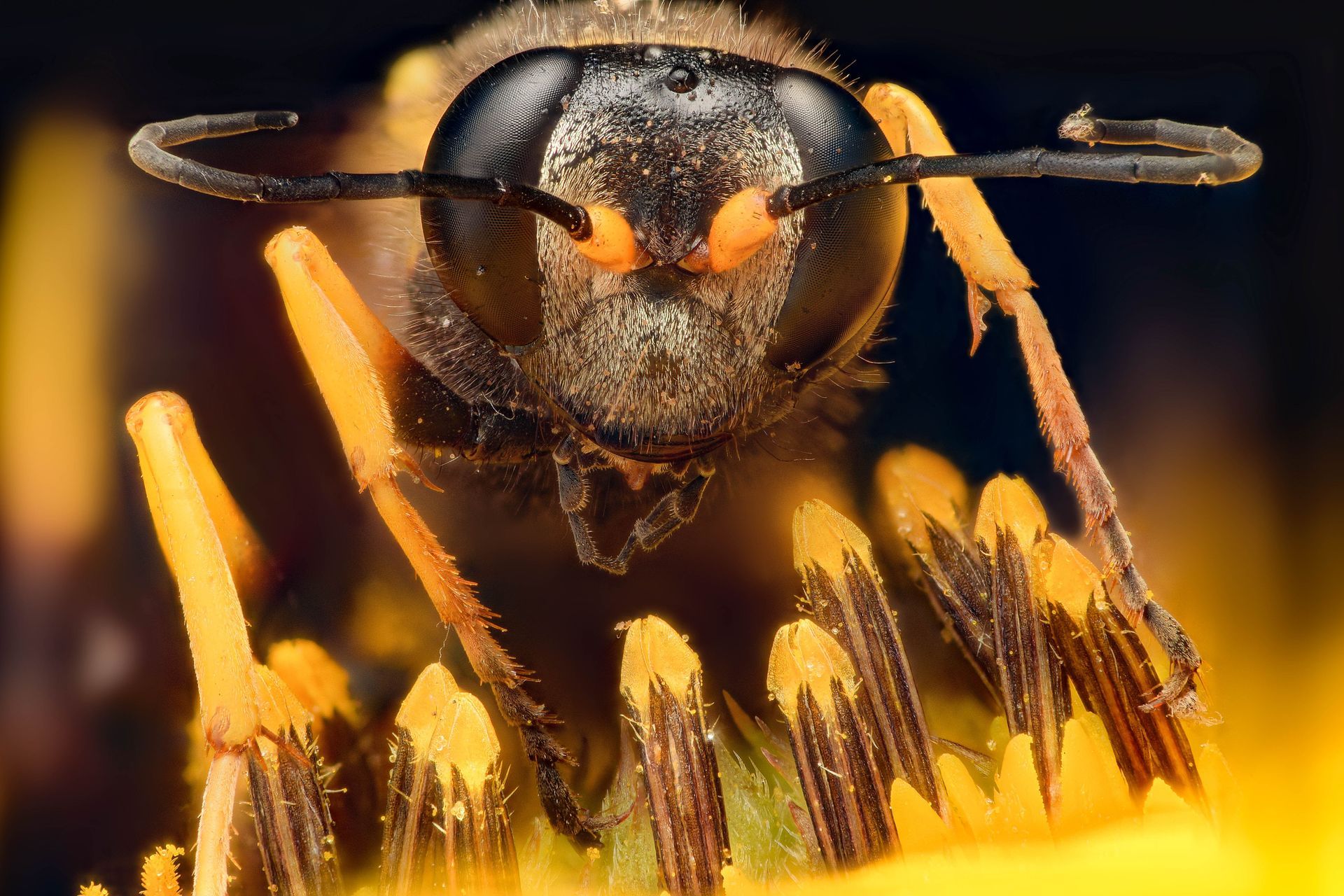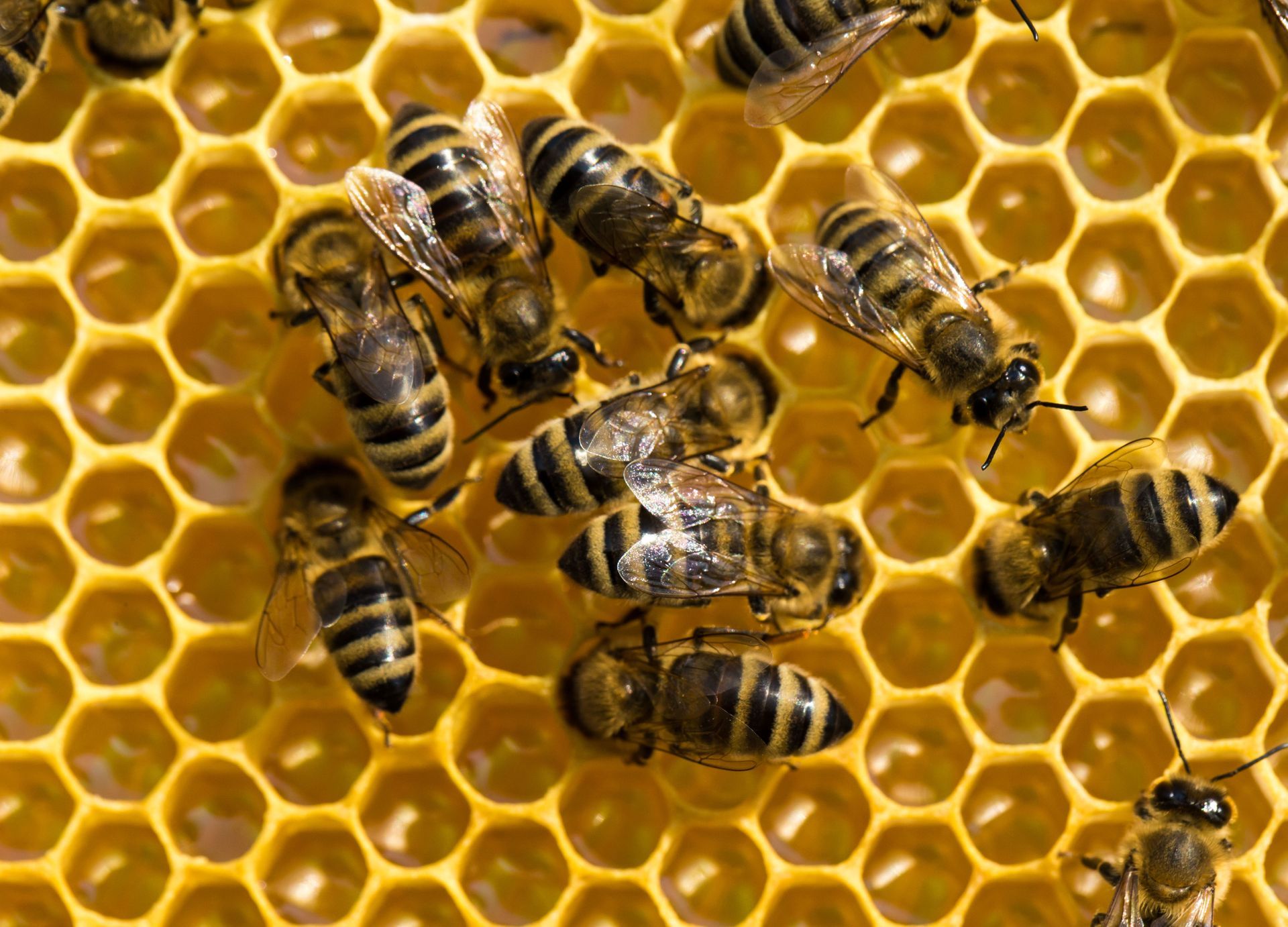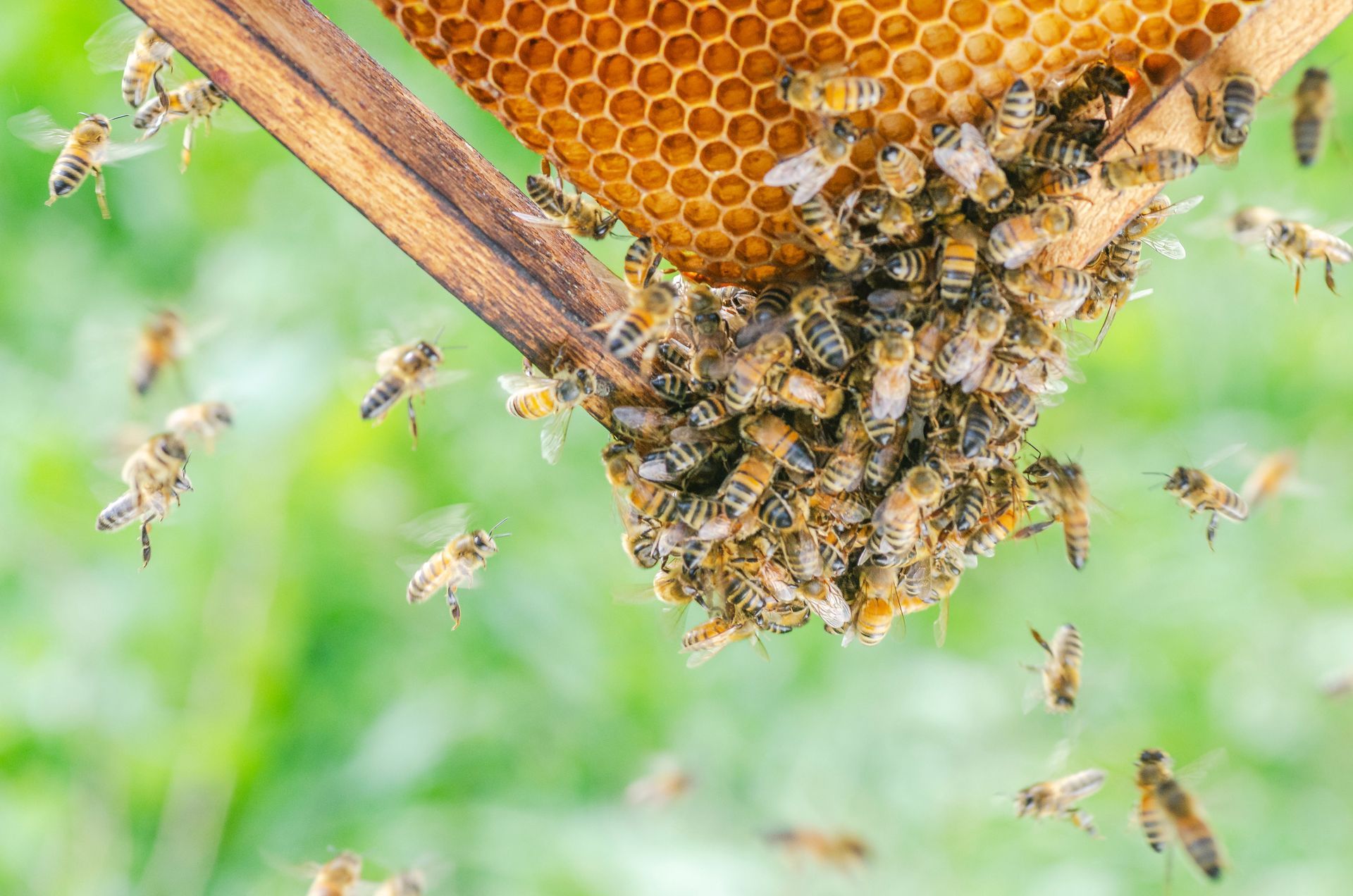Your Guide to Avoiding Pests in Your Home
A pest-free home is not just about comfort—it is crucial for health, safety, and property preservation. Unwanted visitors such as rodents, termites, cockroaches, bedbugs, and aggressive stinging insects like yellow jackets can cause damage and pose serious health risks. Pests can contaminate food, trigger allergies, destroy property, and even introduce dangerous pathogens into your home. Preventing infestations requires awareness, consistent maintenance, and a clear understanding of how pests behave. By adopting the right strategies, you can maintain a safe and comfortable living environment year-round while avoiding the stress and expense that come with pest damage.
Understand Common Household Pests
Identifying common pests is the first step toward effective control. Ants, cockroaches, rodents, termites, bedbugs, and yellow jackets each present unique challenges for homeowners. While ants may infiltrate kitchens, cockroaches spread bacteria and allergens that threaten your family’s health. Termites silently destroy wood structures, causing costly damage, and rodents gnaw on wiring and insulation, creating fire hazards. Bedbugs disturb sleep and comfort, while yellow jackets are especially dangerous because of their painful stings and aggressive defense of nests. In these cases, consulting yellow jacket exterminators can provide peace of mind and professional guidance.
Understanding the habitats and habits of these pests helps in prevention. Cockroaches thrive in kitchens, bathrooms, and damp areas where food and water are readily available. Termites target wooden structures, particularly in basements or areas with excess moisture. Rodents hide in attics, basements, and crawl spaces, often creating nests that go unnoticed for months. Bedbugs prefer bedding, mattresses, and upholstered furniture for easy access to human hosts. Yellow jackets often build nests underground, in wall voids, or in trees and shrubs close to human activity. Engaging yellow jacket exterminators to identify and remove nests safely is often the best approach for protecting your family.
Early detection and intervention are essential. Even subtle signs, such as droppings, gnaw marks, shed wings, or unusual buzzing, can signal an infestation. According to Forbes, nearly 50% of homeowners have experienced property damage from pests, highlighting the importance of proactive vigilance. Professionals ensure that small problems do not escalate into serious structural damage or health risks. Regular inspections and familiarity with early warning signs allow homeowners to address issues quickly and prevent larger infestations.
Maintain Regular Cleaning and Upkeep
A clean home is the foundation of pest prevention. Cluttered areas provide hiding places, while food crumbs, spills, and improperly stored items supply sustenance. Regular vacuuming, disinfecting, and organizing reduce opportunities for pests to thrive and make infestations easier to detect. Incorporating daily cleaning with periodic deep cleaning, such as washing behind appliances and vacuuming hard-to-reach corners, helps maintain a consistently pest-resistant environment.
Home maintenance complements cleaning efforts by addressing structural vulnerabilities that pests exploit. Repairing leaks, clearing standing water, and maintaining door seals, window frames, and weather-stripping reduces both entry points and breeding grounds. Structural upkeep, such as painting, repairing wood, and sealing cracks, prevents termites and other wood-damaging pests from thriving. These preventive measures create a home environment that is hostile to pests while supporting overall household health.
Sealing small openings is equally important. Cracks around windows, doors, plumbing, vents, and utility lines can allow easy access for pests, including rodents, insects, and yellow jackets. Regularly inspecting these areas and applying caulk, mesh, or weather-stripping creates a strong physical barrier. Consulting yellow jacket exterminators for nest removal near these openings ensures your home stays safe from stings while maintaining structural integrity.
Manage Waste and Landscaping Strategically
Proper waste management is vital for keeping pests away. Rodents, flies, ants, and yellow jackets are drawn to exposed garbage, compost piles, and improperly stored food waste. Using tightly sealed trash containers, removing garbage promptly, and maintaining clean compost areas reduces potential food sources and nesting opportunities. Ensuring yard debris, fallen leaves, and other organic matter do not accumulate near your home further discourages pest activity.
Outdoor landscaping choices can naturally deter pests while enhancing your property’s appearance. Plants such as lavender, mint, marigolds, and rosemary emit scents that repel many insects. Keeping lawns mowed, shrubs trimmed, and trees pruned prevents dense foliage from becoming hiding places for rodents, insects, or yellow jackets. Yellow jacket exterminators often advise on landscaping adjustments that minimize nesting opportunities near homes.
Routine monitoring and upkeep of both waste areas and landscaping reinforce pest prevention. Checking trash bins for breaches, inspecting yard vegetation for nests, and promptly addressing fallen branches or debris can significantly reduce the likelihood of infestations. Combining proper waste management and pest-repellent landscaping provides a comprehensive, year-round defense strategy that complements other preventive practices.
Store Food and Water Safely
Proper storage of food and water is essential in reducing pest attraction. Pantry items, including pet food, should be kept in airtight containers, while kitchen surfaces are regularly cleaned to eliminate crumbs and spills. Even small residues left on counters or floors can draw ants, roaches, and yellow jackets into your home. Consistently applying these storage practices ensures pests have minimal access to sustenance.
Water management is equally important. Leaks under sinks, standing water in plant trays, clogged gutters, or water accumulation around the foundation create breeding grounds for mosquitoes, cockroaches, and other pests. Homeowners should routinely inspect plumbing, drains, and outdoor drainage systems, repairing issues promptly to prevent these conditions.
Combining secure food storage with vigilant water control keeps the home inhospitable for pests. Yellow jackets attracted to sugary spills or water sources are less likely to remain in well-managed environments, while other insects find fewer opportunities to thrive. Consulting yellow jacket exterminators for professional advice can enhance these strategies, ensuring long-term protection for your family.
Protect Key Areas of the Home
Kitchens are natural hubs for pests due to abundant food and moisture. Maintaining cleanliness through regular washing of countertops, sinks, appliances, and pantry areas reduces the likelihood of infestations. Inspecting cabinets, behind appliances, and hidden corners allows early detection of unwanted visitors. Proper organization and storage practices create a barrier to pests seeking easy access to food.
Bathrooms attract moisture-loving pests such as silverfish, cockroaches, and drain flies. Controlling humidity through proper ventilation, repairing leaks, and regular cleaning prevents these pests from establishing nests. Homeowners should routinely wipe down surfaces, clean drains, and inspect plumbing to maintain a dry and sanitary environment. Yellow jacket exterminators can also advise if nests are near bathroom eaves or ventilation points.
Bedrooms and living spaces also require attention. Bedbugs, dust mites, and rodents can hide in bedding, furniture, and cluttered spaces. Regular vacuuming, laundering bedding, and using protective covers on mattresses and upholstery minimize these risks. Keeping these areas organized, clean, and regularly inspected ensures comfort, health, and easier detection of potential pest activity. For particularly challenging infestations, yellow jacket exterminators provide safe removal and advice on preventing future issues.
Even with diligent cleaning, maintenance, and preventive measures, some infestations—especially those involving yellow jackets—require professional intervention. Yellow jacket exterminators have the expertise and equipment to safely remove nests and protect your home from aggressive stings. Attempting to remove these insects without proper training can be dangerous, so professional guidance is essential.
If you suspect a yellow jacket problem or need guidance on comprehensive pest prevention, reach out to us at Bee Control Northwest, Inc today. We’re here to help you safeguard your home, prevent property damage, and enjoy peace of mind knowing it is pest-free.





Share On: